Why do you make El Salvador Pilniu Sparkamara coffee by hand? what do you pay attention to?
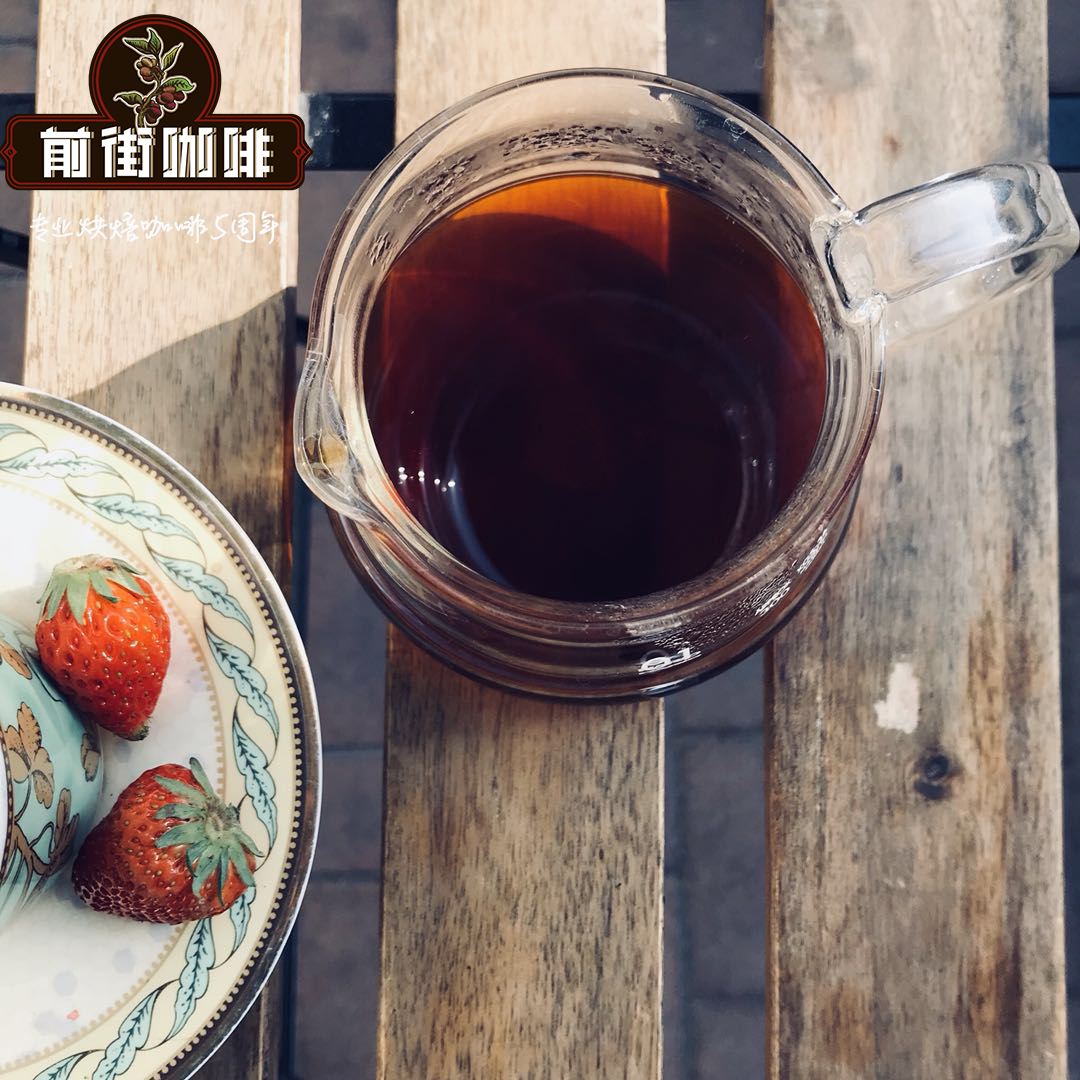
Professional coffee knowledge exchange more coffee bean information please follow the coffee workshop (Wechat official account cafe_style)
Los Pirineos Pyrenees Manor Story Information introduction:
Los Pirineos Pyrenees Farm
Los Pirineos Pyrenees Farm has been owned by the Gilberto Baraona family since the 1890s. Los Pirineos is located on the Tecapa volcano in Usult á n, 1400-1480 meters above sea level. It has ideal conditions for coffee cultivation, stable and abundant rainfall, fertile soil rich in potassium and phosphorus volcanoes, and cool weather conducive to slow ripening of coffee fruits. These give farm-produced coffee beans more complex sweetness, more solid and rich flavor.
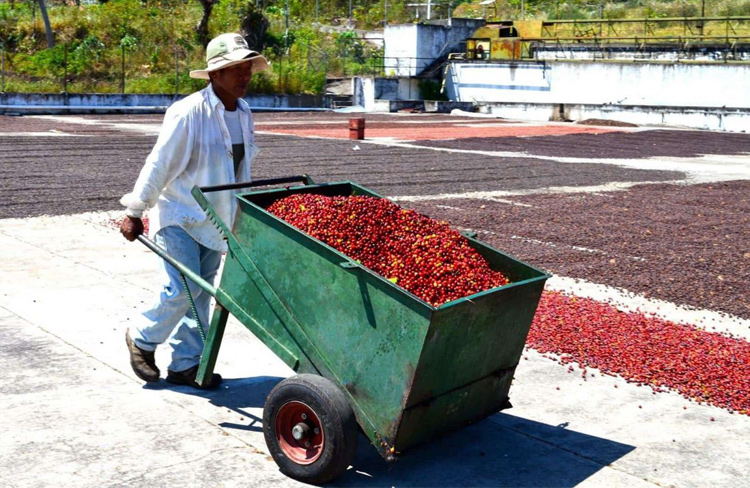
Good coffee doesn't depend on climate alone. Los Pirineos was a pioneer in establishing its own micro-processing plant in El Salvador. Gilberto is meticulous about quality, the small-scale producer has developed the plantation to perfection, the spotless micro-processing plant has the Colombian-style Aqua peeling machine (depulper), and the finely tuned drying equipment is a "Guardiola" mechanical dryer using Brazilian technology.
Introduction of Pacamara coffee bean varieties:
Pacamara is a hybrid of Pacas Pacas and Marago Rippi Maragogype found in El Salvador in 1950.
First bred by researchers in El Salvador in 1958, the Pacamara is a rare artificial breeding of excellent varieties, with both the excellent taste of Pacas and the large size of Maragogype, and the bean body is at least 70% and 80% larger than that of beans. The biggest characteristic of this variety is that it is sour, lively and tricky, sometimes biscuit and sometimes fruity, with excellent thickness and grease.
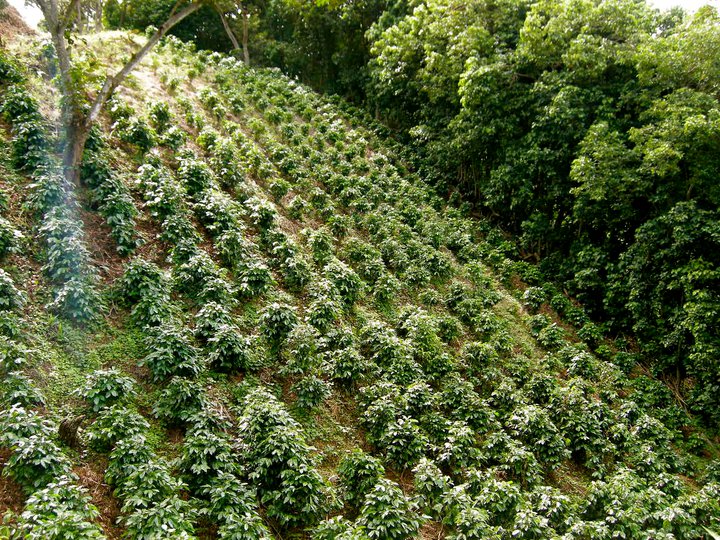
Introduction to the treatment method:
Gilberto has integrated a variety of water washing and sun treatment techniques, such as high African drying beds, clay drying courtyards, shade drying, and even double washing.
Washing method (Wet process/Washed method)
The technology of washing was invented by the Dutch in the 18th century. Due to the frequent rain and high humidity in some countries, it is impossible to implement the solarization method at all, so although the process is relatively cumbersome, it is the most widely used treatment method at present. The biggest difference from the sun method is the use of fermentation to remove the pectin layer.
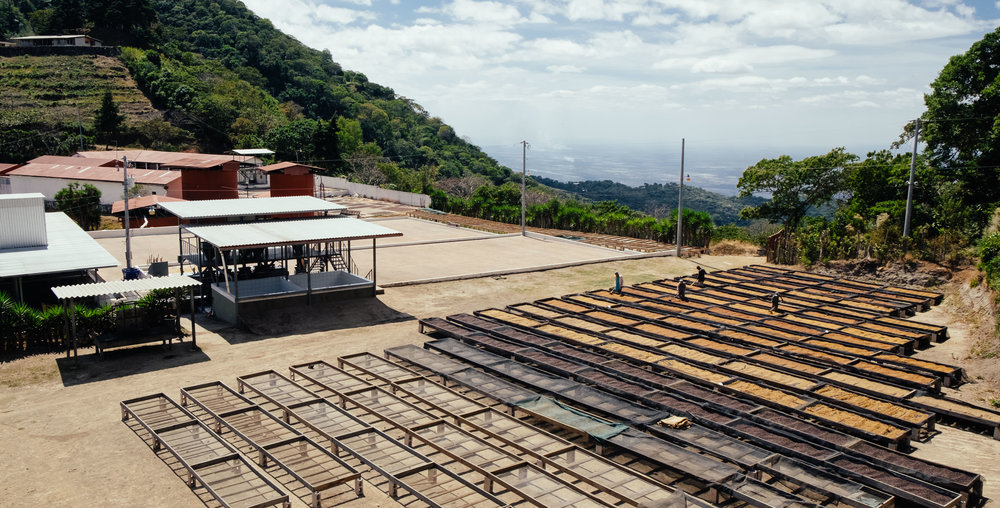
"washing process-treatment process"
The first three steps are the same as the sun treatment (1. Harvest ripe coffee fruit 2. Preliminary removal of impurities and inferior beans 3. Screen floating beans)
4. Remove the peel and pulp: the selected good coffee fruit is put into the pulp sieving machine to remove the exocarp and pulp and leave seeds (coffee beans).
5. Pectin removal by fermentation: put the coffee seeds with a layer of mucous membrane (pectin) in the fermentation tank and use biological treatment to dissolve the pectin by fermentation bacteria.
6. Washing to remove impurities: since the fermentation bacteria will remain on the coffee beans, the beans need to be sent to the washing pool for a second screening (defective beans will float on the surface). This step will consume a lot of clean water in order to clean it up.
7. Coffee bean drying: coffee fruit is usually dried by machine (or sun drying) so that the moisture content is reduced to 10 Murray 14%.
8. Remove endocarp and silver skin: finally, use a sheller to remove the remaining endocarp and silver skin, that is, complete the processing, you can carry out the packaging and transportation of raw beans!
"washing method-advantages and disadvantages"
Advantages: coffee beans have less impurities and complete appearance, and because the pulp in the coffee fruit has been removed from the very beginning, there is no need to worry about mildew, and the overall quality is more stable.
Disadvantages: the process of washing is complex and tedious, and requires a lot of water, so the cost is relatively higher than the sun method, and it is less used in areas where water resources are scarce.
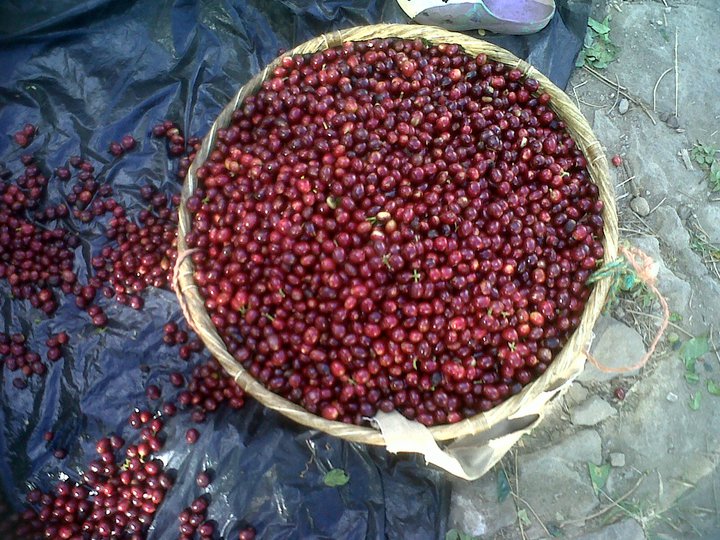
Baking suggestions / Analysis:
The variety of this coffee is giant bean [Pacamara] with relatively large granules and high density, and the newly produced kidney beans have high moisture content. The heat absorption is relatively slow in the baking process, and the Mena reaction process is also relatively fast. The yellowing point is about 5 minutes. In the first baking, you can try to lower the bean temperature slightly, for example, the bean temperature is 200 degrees, and the firepower is also relatively increased. In the baking process, gradually adjust the firepower as needed: adjust the firepower after the beans enter the yellowing point to prolong the dehydration time, so that the giant beans can be fully dehydrated. Before an explosion after dehydration, you can properly maintain medium heat or slightly increase the firepower, accelerate the Mena reaction time, and ensure the pressure before the explosion; the precursor of an explosion needs to adjust the firepower properly to avoid bean watch burns. Under this method of operation, the dehydration time of coffee is relatively prolonged, with a heating rate of 6-8 degrees every 30 seconds, but it can also maintain a normal explosion between 8 and a half minutes and 9 and a half minutes, preserving more flower and fruit aroma and keeping clean and bright acidity. It is usually recommended to drop beans between the dense back section of an explosion and the end of an explosion, and bake about moderately.
Cup test flavor description:
Subtle floral aromas, mild berry flavors, mixed acidity of strawberries and red wine, full sweetness, overall balance, smooth, sweet and lingering finish
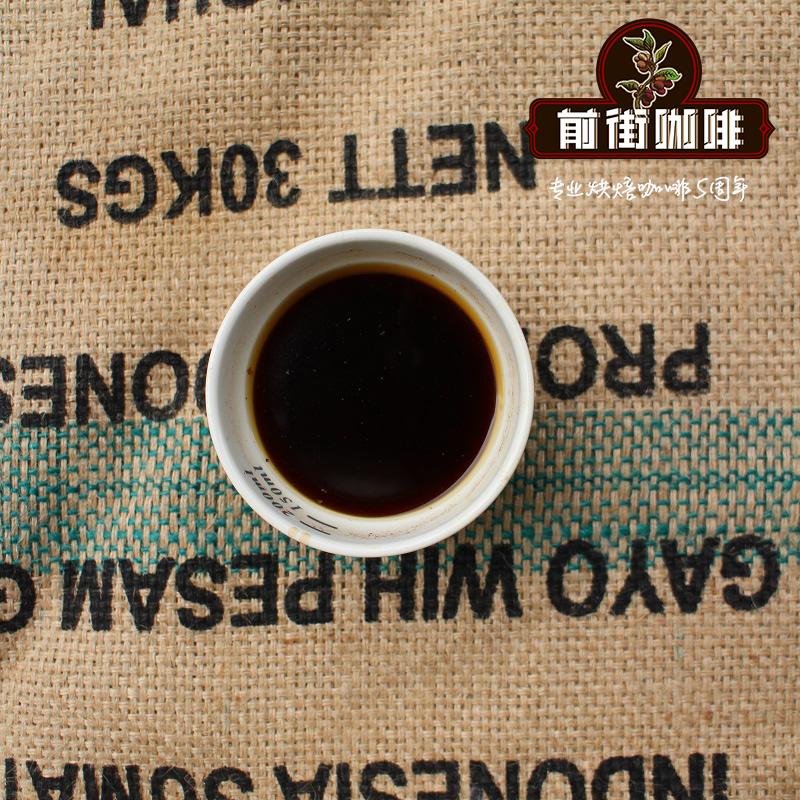
Cooking analysis:
Today, we introduce the common method of making Pacamara coffee in front street: V60 three-stage water injection method.
Extract by stages, pour all the cooking water into three stages.
Suitable for light, medium and medium roasted coffee beans
Use filter cup V60 cup
Increasing the steaming time or water cut-off times can improve the rich taste of the coffee.
Segmented extraction method of three-stage water injection
Advantages: it is richer than the one-knife flow, and can clarify the flavor of the front, middle and back of the coffee. The method is to increase the amount of water injection each time after steaming, usually when the coffee liquid is about to drop to the surface of the powder layer, and use small, medium and large water flow to do three-stage extraction.
Disadvantages: there will be relatively high requirements for the flow rate and flow rate of water.
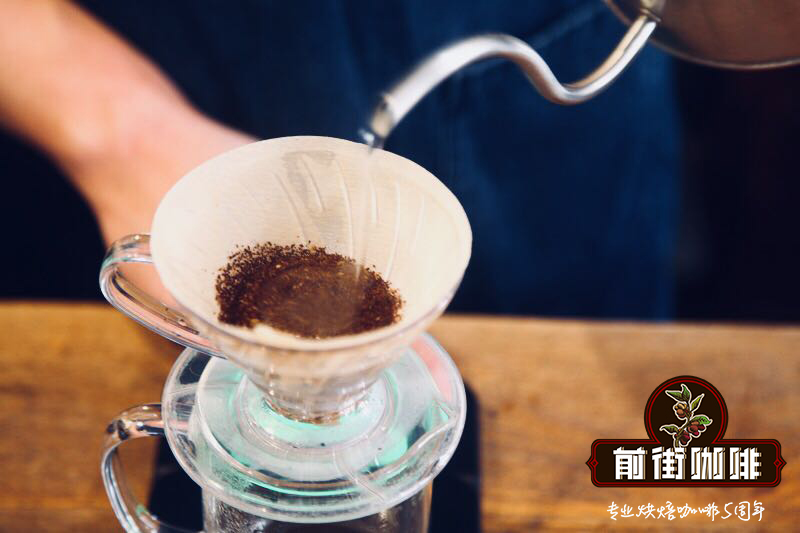
Qianjie [suggestion of Pacamara Coffee hand punching parameters]
Brewing with V60 filter cup can improve the layering of hand flavor and make it richer and cleaner to drink; the bright aroma of Pacamara variety can be fully displayed.
15g powder, water temperature 89-90 degrees, grinding BG 5R (64% pass rate of Chinese standard 20 sieve), water powder ratio close to 1:15-16
Technique: 27g water steaming, steaming time for 30s. The hot water in the hand flushing pot draws a circle clockwise with the center of the filter cup in the middle of the filter cup, starts the time when brewing, injects water to 27g, then stops the injection and waits for 30 seconds to inject water for the first time.
When the first water injection is the same as before, the speed can be slowed down slightly, speed up a little when you go around the outer circle, cut off the water at about 1:15 seconds, and then inject water again when the liquid level drops 1 inch 3. The second water injection is concentrated on the central water injection. The water flow should not rush to the place where the coffee powder is connected with the filter paper, so as not to produce channel effect. Finish the extraction at about 2:05 seconds, and the longer the time is, the longer the extraction can be done. The astringent and rough taste will increase.
Segment: 30-125-230g
END
Important Notice :
前街咖啡 FrontStreet Coffee has moved to new addredd:
FrontStreet Coffee Address: 315,Donghua East Road,GuangZhou
Tel:020 38364473
- Prev
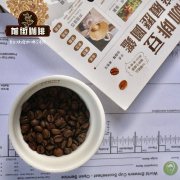
What kind of water do you use to make St. Elena's Pacamara coffee by hand? why is it astringent?
Professional coffee knowledge exchange more coffee bean information please follow the coffee workshop (Wechat official account cafe_style) Santa Elena Manor story introduction: Santa Elena Manor FINCA SANTA ELENA is located in the west of El Salvador Santa Ana volcano producing area, the average elevation of the manor is about 1850 meters, is one of the highest local estates, currently
- Next
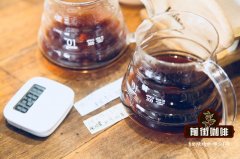
What's the taste of Pacamara hand-brewed coffee in Cloud Manor, Guatemala? is Pacamara suitable for hand-brewing?
Professional coffee knowledge exchange more coffee bean information please follow the coffee workshop (Wechat official account cafe_style) Cloud Manor story introduction: Antigua-ANTIGUA Antigua (Antiqua) producing area itself is one of the eight most famous producing areas in Guatemala, high altitude, unique volcanic soil, shade planting, give Antigua coffee beans a unique flavor. Guatemala horse
Related
- Detailed explanation of Jadeite planting Land in Panamanian Jadeite Manor introduction to the grading system of Jadeite competitive bidding, Red bid, Green bid and Rose Summer
- Story of Coffee planting in Brenka region of Costa Rica Stonehenge Manor anaerobic heavy honey treatment of flavor mouth
- What's on the barrel of Blue Mountain Coffee beans?
- Can American coffee also pull flowers? How to use hot American style to pull out a good-looking pattern?
- Can you make a cold extract with coffee beans? What is the right proportion for cold-extracted coffee formula?
- Indonesian PWN Gold Mandrine Coffee Origin Features Flavor How to Chong? Mandolin coffee is American.
- A brief introduction to the flavor characteristics of Brazilian yellow bourbon coffee beans
- What is the effect of different water quality on the flavor of cold-extracted coffee? What kind of water is best for brewing coffee?
- Why do you think of Rose Summer whenever you mention Panamanian coffee?
- Introduction to the characteristics of authentic blue mountain coffee bean producing areas? What is the CIB Coffee Authority in Jamaica?

